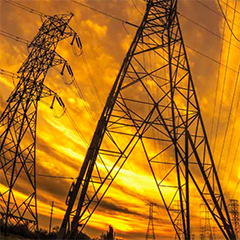While there is a lot of talk about the growth of decentralised power generation, another trend is being largely overlooked: that of regional electricity integration. Remarkably, all over the world countries are connecting up their power systems, to make the best use of their (energy) resources, while at the same time boosting economic growth and promoting international cooperation. The World Energy Council reports on an underreported trend.
Last month Bolivia struck the latest of a string of energy deals with Peru which will see Bolivia selling electricity to its neighbour. This came within a month after agreements for gas export to Peru and for joint development of an integrated energy infrastructure.
The two deals were made just eight
months after the energy ministers of the two countries met for the first time at a World Energy Council summit. Their encounter in Cartagena, Colombia generated a dialogue between the countries that did not exist before.
The example of Bolivia and Peru’s energy cooperation does not stand on its own. It represents a development that is taking place throughout the world. Policymakers are increasingly aware that interconnection allows countries to make the most of their diverse but complementary energy sources and hydrological cycles. It also generates economies of scale, reduces costs, and creates a market for energy trade and for renewable energy. Border regions could also benefit through new jobs gained.
In Latin America interconnection is growing apace. In addition to its deal with Peru, Bolivia this year made accords with Argentina, Brazil, and Paraguay, to invest more than US$620 million into an electricity interconnection programme. This will result in the installation of 1400 km of power lines. Bolivia will get to export electricity to its neighbours, proceeds from which could help alleviate poverty in the country.



























